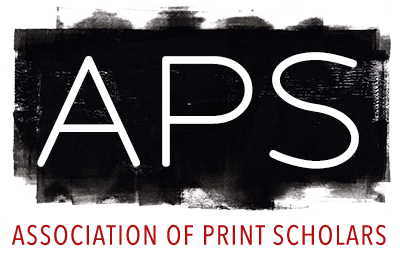Conference or Symposium Announcement
Posted: 06/15/2019
Posted by: Diana Gaston
Head of a Woman: Redressing the Parallel Histories of Collaborative Printmaking and the Women’s Movement
Tamarind Institute
Albuquerque Museum
Albuquerque,
NM, United States
09/14/2019,
10am-5pm
Tamarind Institute will present a one-day symposium in September, organized in conjunction with the Frederick Hammersley Artist Residency. The program is free and open to the public, and assembles a national roster of printers, curators, artists, pub. . .
lishers, and recent Tamarind graduates.
The symposium explores the dramatic surge of women printers in recent decades and the rise of collaborative printmaking over the past 60 years. As Tamarind was instrumental in launching the American print revival in the 1960s, Tamarind’s history and its many contributions will be part of the dialogue. Additionally, printers and experts outside of Tamarind will be included in the program to shape a broader understanding of collaborative printmaking and its parallel history with the women’s movement.
The symposium explores the dramatic surge of women printers in recent decades and the rise of collaborative printmaking over the past 60 years. As Tamarind was instrumental in launching the American print revival in the 1960s, Tamarind’s history and its many contributions will be part of the dialogue. Additionally, printers and experts outside of Tamarind will be included in the program to shape a broader understanding of collaborative printmaking and its parallel history with the women’s movement.
Relevant research areas: North America, 20th Century, Contemporary, Etching, Lithography, Papermaking
